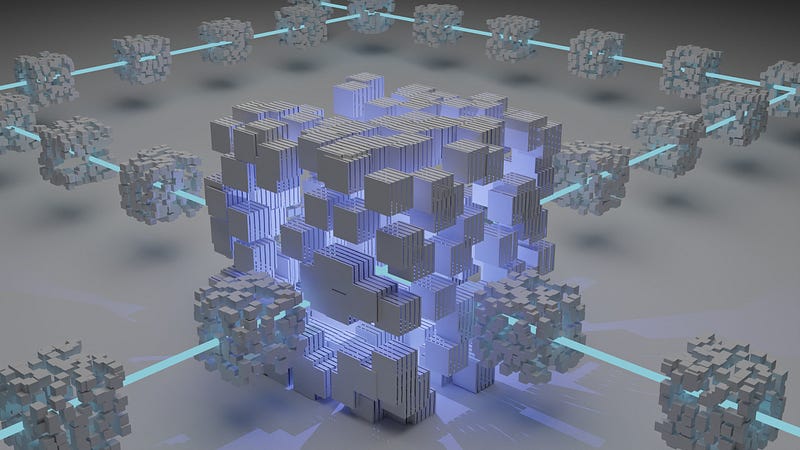Understanding Immutability: The Role of Blockchain in Censorship Resistance
Written on
Chapter 1: What Does "Immutable to Censorship" Mean?
When we refer to something as “immutable to censorship,” we imply that it remains unchangeable and cannot be censored, even by those in authority. Blockchain technology plays a crucial role in achieving this level of immutability. Essentially, a blockchain is a decentralized and distributed ledger that is updated by a network of computers, known as nodes. Each time new data is added, it is secured through cryptography and linked to previous blocks, forming a permanent and irreversible record.
When a new block is introduced to the blockchain, it is interconnected with the preceding block via its hash, creating a chain of blocks that cannot be modified without altering the hashes of all subsequent blocks. Any attempt to change the data in one block would be immediately evident to the other nodes, as the hash would no longer match. This decentralized nature makes it nearly impossible for a single entity to manipulate the data without being detected.
Blockchain technology has garnered attention in critical sectors such as finance, healthcare, and voting, where trust and security are paramount. A prime example is Bitcoin, which utilizes blockchain to facilitate secure, decentralized, and censorship-resistant transactions.
This video, titled "Future Proof: How censorship drives language evolution," explores the impacts of censorship on communication and language development.
Chapter 2: Advantages of Blockchain Over Traditional Databases
In addition to its inherent security and immutability, blockchain technology offers significant advantages over conventional databases. Its decentralized and distributed nature enhances resilience against attacks and failures, as there is no central point of control. Moreover, the ability of all network nodes to view and validate the data fosters transparency.
However, it is essential to recognize that while blockchain provides a high degree of immutability and security, it is not completely foolproof. For instance, an organization could potentially execute a “51% attack,” allowing them to manipulate the blockchain if they control a majority of the network's nodes. Furthermore, if a user’s private key is compromised, their transactions could be inaccurately represented on the blockchain. Nonetheless, employing robust cryptography and adhering to best practices in security and privacy can mitigate these risks.
The video "Introduction to Blockchain, P2, Blockchain Features" by Ms. Sara Ghabboura, PhD Student, delves into the various characteristics of blockchain technology and its applications.

Photo by Shubham Dhage on Unsplash